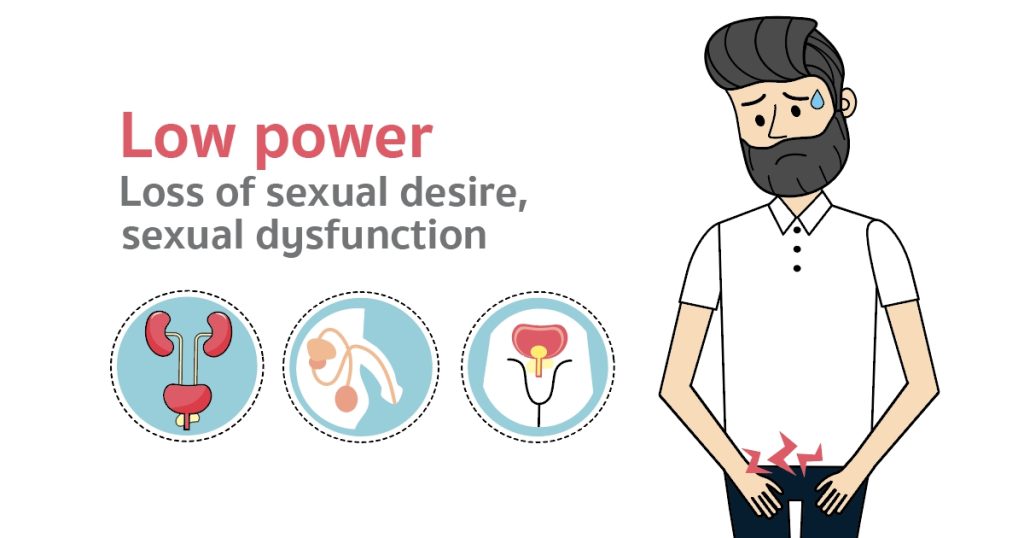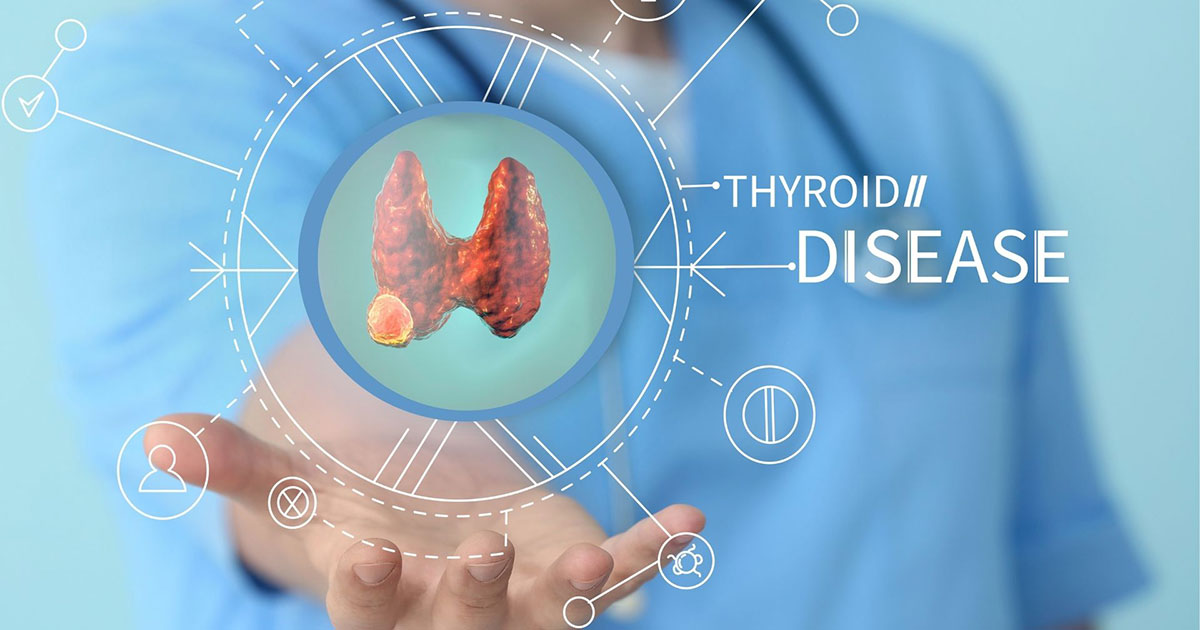
Benign Prostatic Hyperplasia

Benign prostatic hyperplasia (BPH) is a nodular, irregular enlargement of the prostate, a walnut-size gland located just below the bladder in men, which produces about 30 percent of the fluid portion of semen.
Because the prostate surrounds the urethra (the passageway through which urine empties from the bladder), enlargement of the prostate may eventually constrict the urethra and thus interfere with urination. An enlarged prostate may also cause the muscular bladder wall to thicken, as stronger contractions are necessary to push urine through a narrowed urethra. Increased thickness of the wall of the bladder can reduce its ability to store urine and can result in frequent need for urination and sudden strong urges to urinate.
BPH is common, and its incidence increases with age: Evidence of BPH is present in over 50 percent of men by age 60.
There is no evidence that BPH leads to prostate cancer; however, symptoms of both disorders are similar, and it is possible to have BPH and prostate cancer at the same time. BPH responds well to treatment.
The cause of BPH is unknown. Male sex hormones play a role.
- Frequent or urgent need to urinate; delayed, weak, or interrupted urine stream; dribbling.
- Pain upon urination.
- Urge to urinate several times a night.
- Blood in the urine.
- Patient history and physical examination, which includes a digital rectal examination (DRE). In DRE the doctor inserts a gloved finger into the rectum and presses on the prostate gland to check for enlargement.
- Tests to measure the rate of urine flow.
- Urine tests and cultures.
- Measurement of retained urine within the bladder.
- Treatment may be unnecessary for mild symptoms.
- Excess alcohol or fluid intake, especially at night, should be avoided.
- Your doctor may prescribe medication such as Proscar (finasteride) to shrink the prostate or drugs that relax smooth muscle tone in the prostate (alpha-blockers).
- Heat treatment (the application of heat to prostate tissue) can be used to alleviate symptoms of BPH. An advantage of this approach is that it can be administered on an outpatient basis using minimally invasive microwave or radio-frequency energy.
- Removal of excess tissue from an enlarged prostate via transurethral resection of the prostate (TURP) is the most common surgical treatment. A thin, lighted viewing tube is passed through the penis into the urethra. A minuscule cutting tool at the end of the tube is used to excise prostate tissue that is pressing upon the urethra.
- Surgical removal of obstructing prostate tissue via an abdominal incision may be necessary when the prostate is unusually large.
There is as yet no way to prevent BPH
Share :
Related Articles
Related Doctors

| Urological Surgery |

| Urological Surgery |












